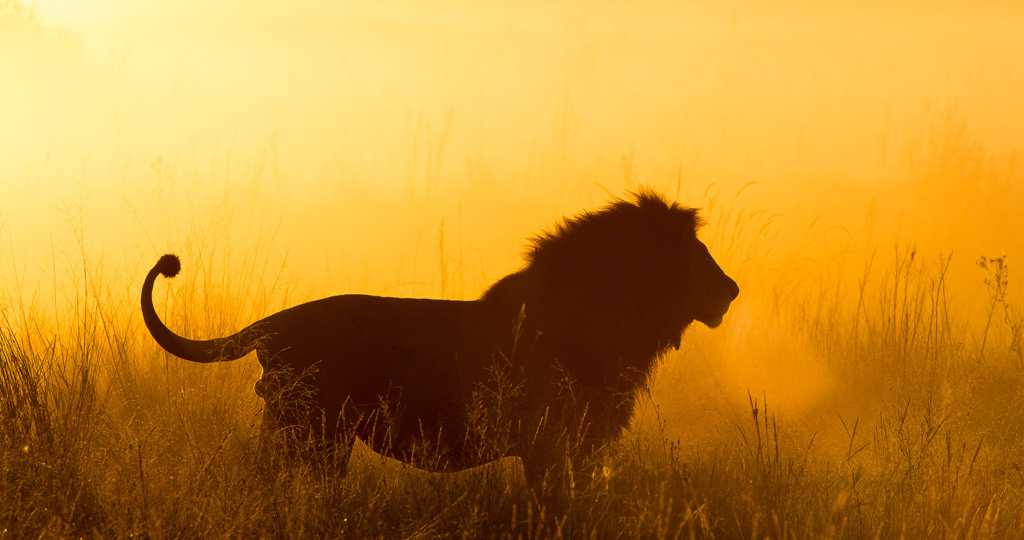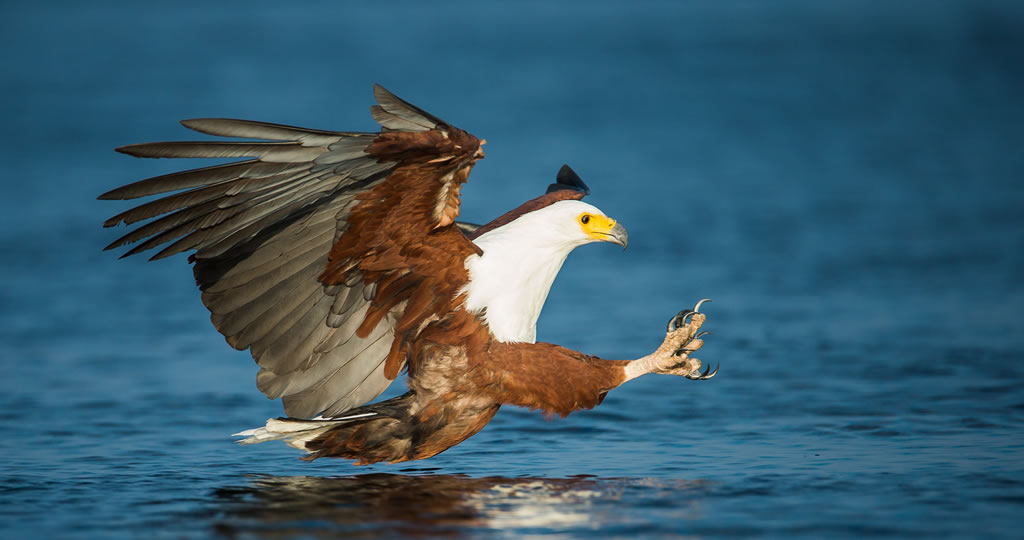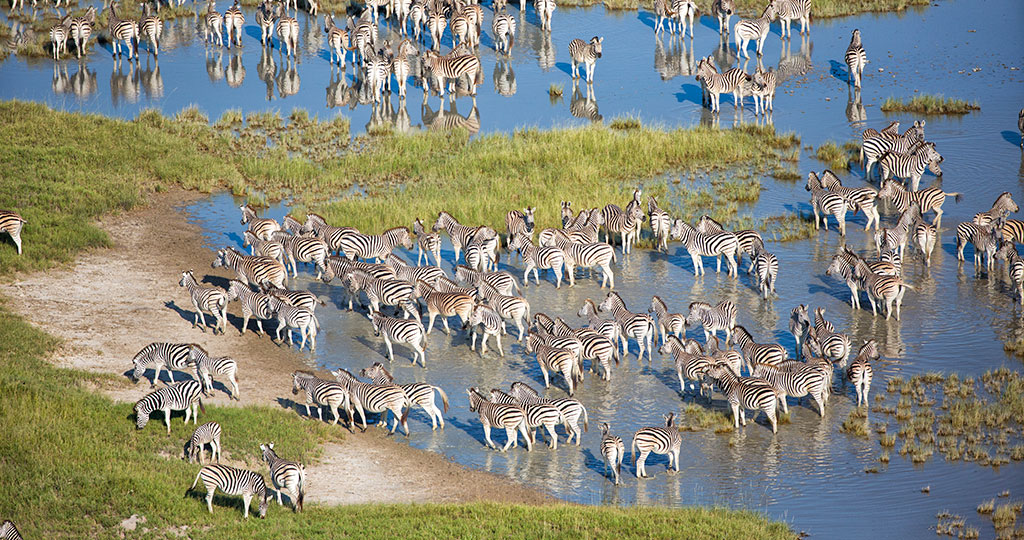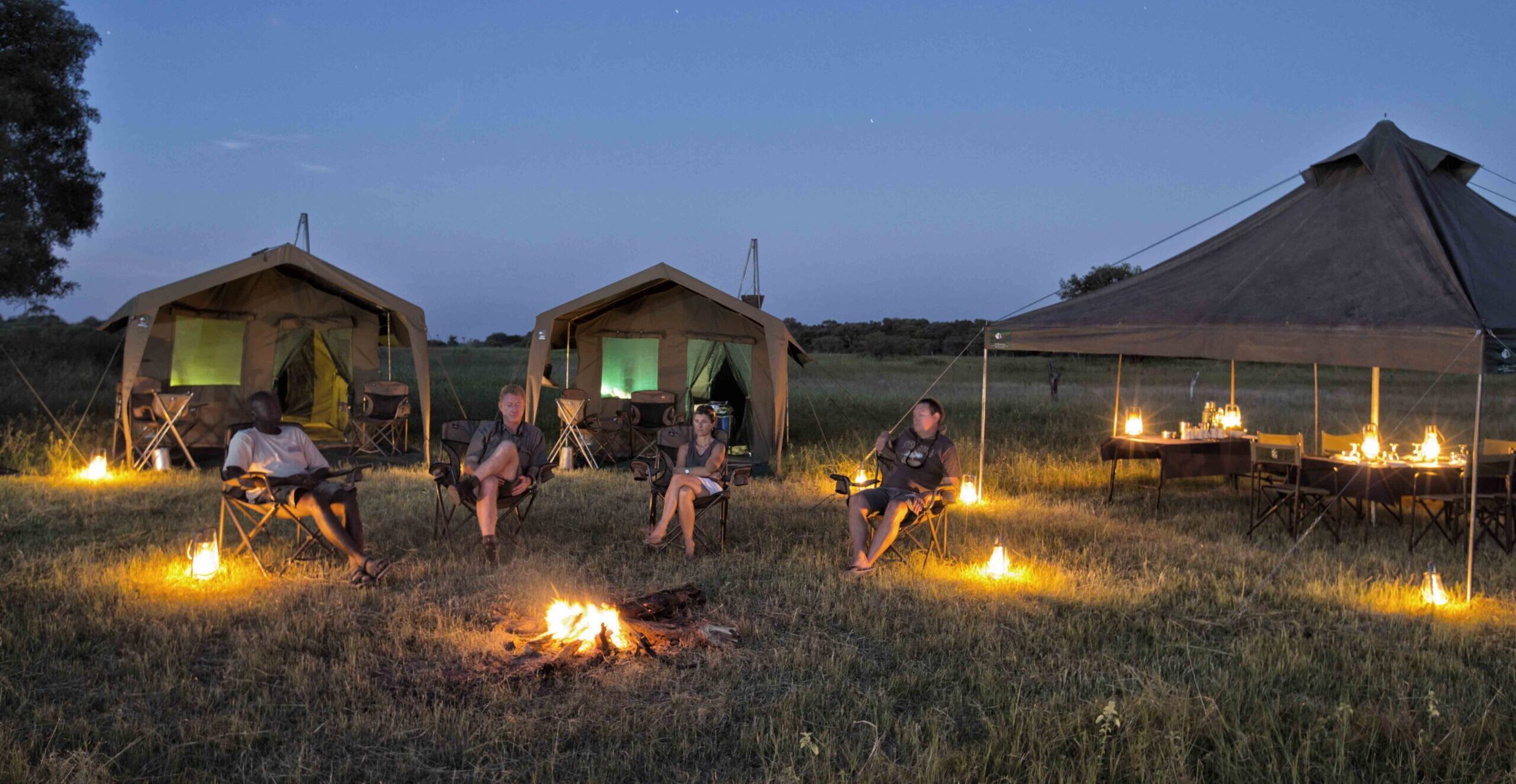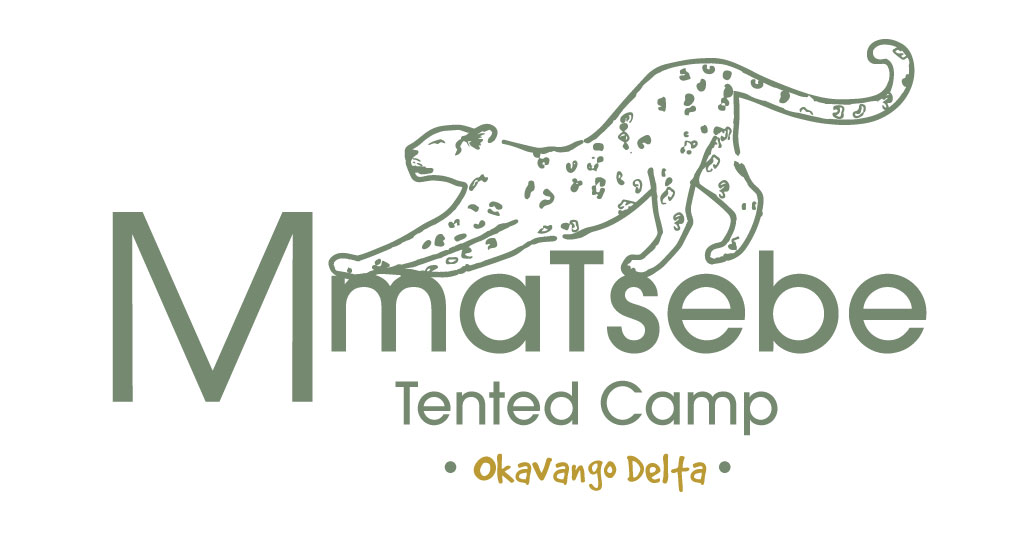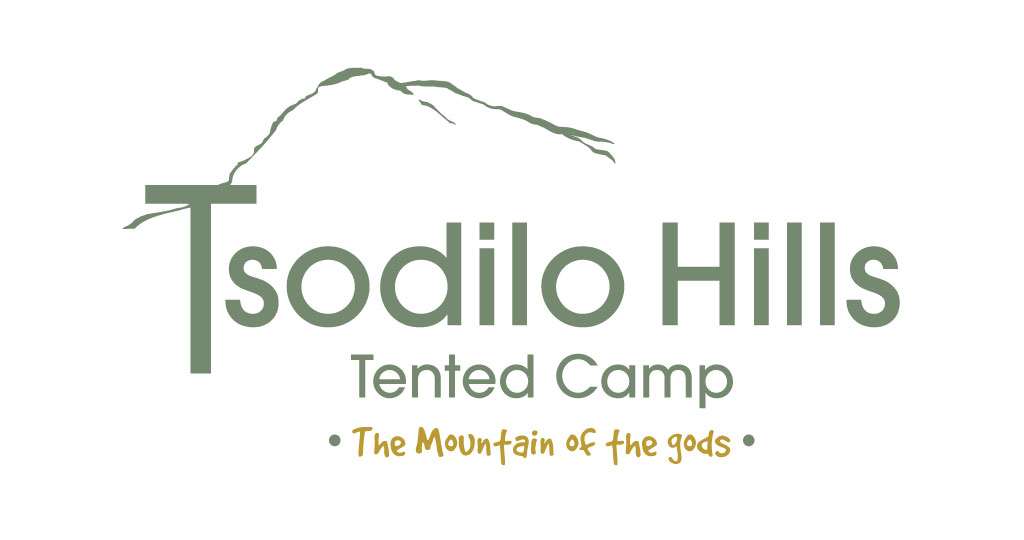Central Kalahari Game Reserve
The Kalahari Desert is one of Botswana’s most important ecosystems. The sands of the Kalahari cover much of Botswana (which is why the Okavango Delta is often referred to as the “jewel of the Kalahari”) and extend into Namibia and South Africa.
Although commonly referred to as a desert, the Kalahari actually doesn’t qualify for the strict definition of a desert. That’s because in some places, its annual average rainfall can exceed 250mm – usually regarded as the threshold for desert status. The Kalahari is technically a semi-arid area, but that term lacks the romance of “desert”, so forgive us if we write this as poets rather than climatologists!
Incidentally, the name “Kalahari” is derived from a Tswana word meaning “great thirst” – this region may not be a desert, but it can certainly look like one. Up to around 10 000 years ago, this region was very different: it was the bed of an immense lake which gradually dried, leaving behind deep deposits of sand.
A large part of Botswana’s portion of the Kalahari is protected by the Central Kalahari Game Reserve, known locally as the CKGR. It’s a vast national park, covering over 58 000km2. That makes it larger than Rwanda and Burundi combined.
Despite its vast size (around 10% of Botswana), the CKGR receives relatively few visitors.

Getting to CKGR
It’s possible to drive to parts of the CKGR, with Maun being the most popular departure point. The journey of 250km can take 4 or 5 hours, which says something for the state of the roads. The route essentially follows the Boteti River, heading east and then south to the Matswere Gate close to Deception Valley.
If you’re staying at one of the lodges in the CKGR, you can also fly directly into the reserve from Maun in a light aircraft. The bird’s eye views will give you a sense of the scale of the arid landscapes of northern Botswana.
When to visit CKGR
The Central Kalahari also experiences the classic Botswana two-season pattern, with a relatively cool and dry winter from May to October (although note that temperatures start to increase significantly as summer approaches). Summer – which is much hotter, and when the Kalahari receives most of its annual rainfall, often in the form of short, sharp downpours – lasts from around November to April.
As you might expect, the CKGR changes dramatically with the turning of the seasons. In winter, there’s a real sense that you’re in a desert. The savannah regions are filled with dry, golden grass. Nights and early mornings can get very fresh; the trade-off is spectacular star-viewing in the clear night skies.
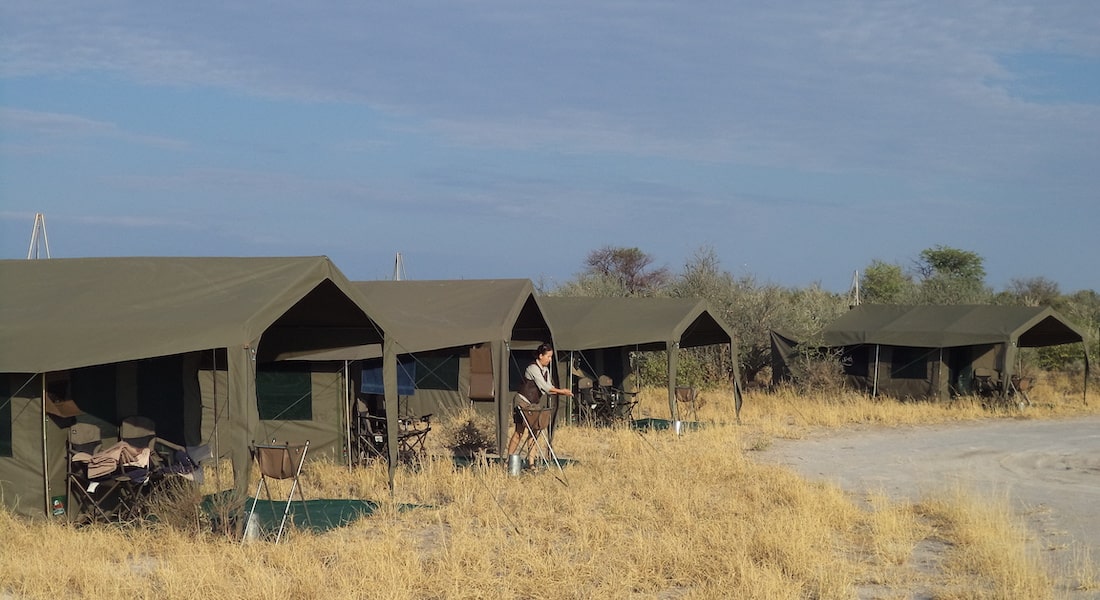
Almost as soon as the rains return, the CKGR is transformed into a sea of green, with incredible carpets of small flowers in some areas. This sudden profusion of vegetation attracts huge herds of grazing animals, with springbok and gemsbok being particularly noticeable.
In contrast to the Okavango or Chobe, this “green season” is considered the best time to visit the Central Kalahari Game Reserve. Although the heat can take a little getting used to, you’ll see the Kalahari at its most beautiful, and enjoy incredible game-viewing. It’s also a great time to add migrating birds to your list, and many species give birth at this time. Don’t forget your camera!
We’d recommend visiting the CKGR between December and March, but if you’re in Botswana for the peak season in the Delta, later in the year, there really is no bad time to be in the Central Kalahari Game Reserve. Combining the Okavango and the Kalahari can make for a very special trip, filled with contrasts.
Whenever you visit, be prepared for a wide range of temperatures during each day.
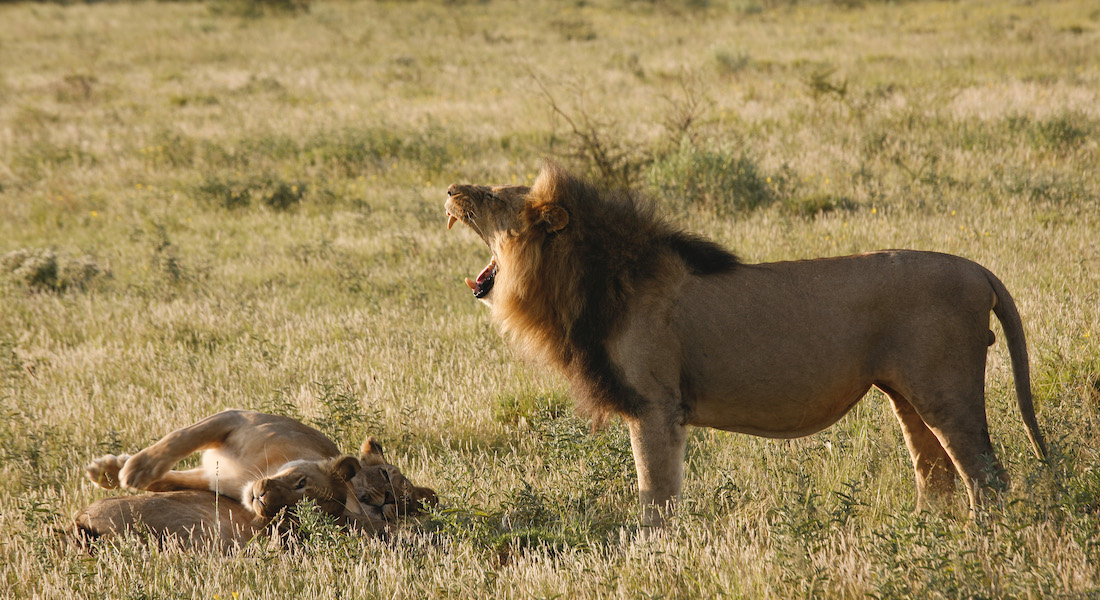
Wildlife of the Central Kalahari
Especially during the summer, the large herds attract the attention of predators. The CKGR is one of the best places in Botswana to see cheetah: the large, flat open areas are ideally suited to their hunting style.
Perhaps the most iconic species is the lion – but these are not just any lion. The black-maned lion of the Kalahari are renowned for their size and their magnificent honey-coloured manes, shot through with black. On the largest specimens, this can extend almost to the belly, making them look even more impressive.
Other key species include giraffe, ostrich, and wild dog. Just as interesting are the smaller predators and the many species that have adapted to these arid conditions. Some of our favourites include brown hyaena, honey badger, bat-eared fox and aardwolf. Meerkat are always entertaining, and there’s even a chance that you could see one of the real stars of the show: an aardvark or pangolin.
Look out too for dry-country birds including the giant Kori bustard – one of the heaviest flying birds in the world.
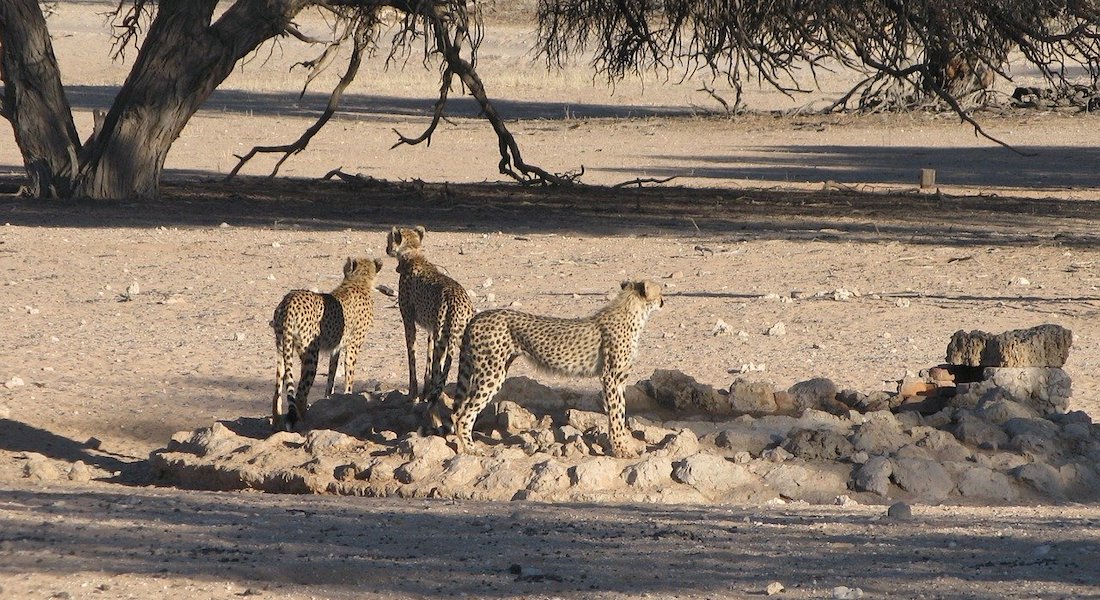
Activities in the Central Kalahari Game Reserve
As with all of Botswana’s national parks, exploring the CKGR on a guided game drive is perhaps the best way to see the terrain and wildlife. On safari you can also see some of the unique “thirstland” plants and learn more about the tracks and signs of the wild.
The CKGR is also the ancestral home of the San or Bushmen. A cultural walk with a San guide will open your eyes to the incredible riches of what can at times seem an inhospitable landscape. The Bushmen are superb survivalists, and over millennia they’ve developed an incredibly sustainable lifestyle, taking only what they need. Our first night on our Kalahari Okavango Safari is at Meno a Kwena Lodge where you will experience first hand the Bushmen.
They also have a rich, deep culture – and it’s a privilege to catch a glimpse of this when they sing or play traditional games.
Why visit the CKGR?
- Unique desert landscapes
- A sense of space and freedom
- Amazing night skies
- Insights into San culture
- Arid area wildlife from springbok to black-maned lion
- The chance to see a green desert in bloom after the summer rains
